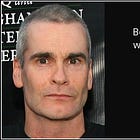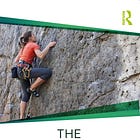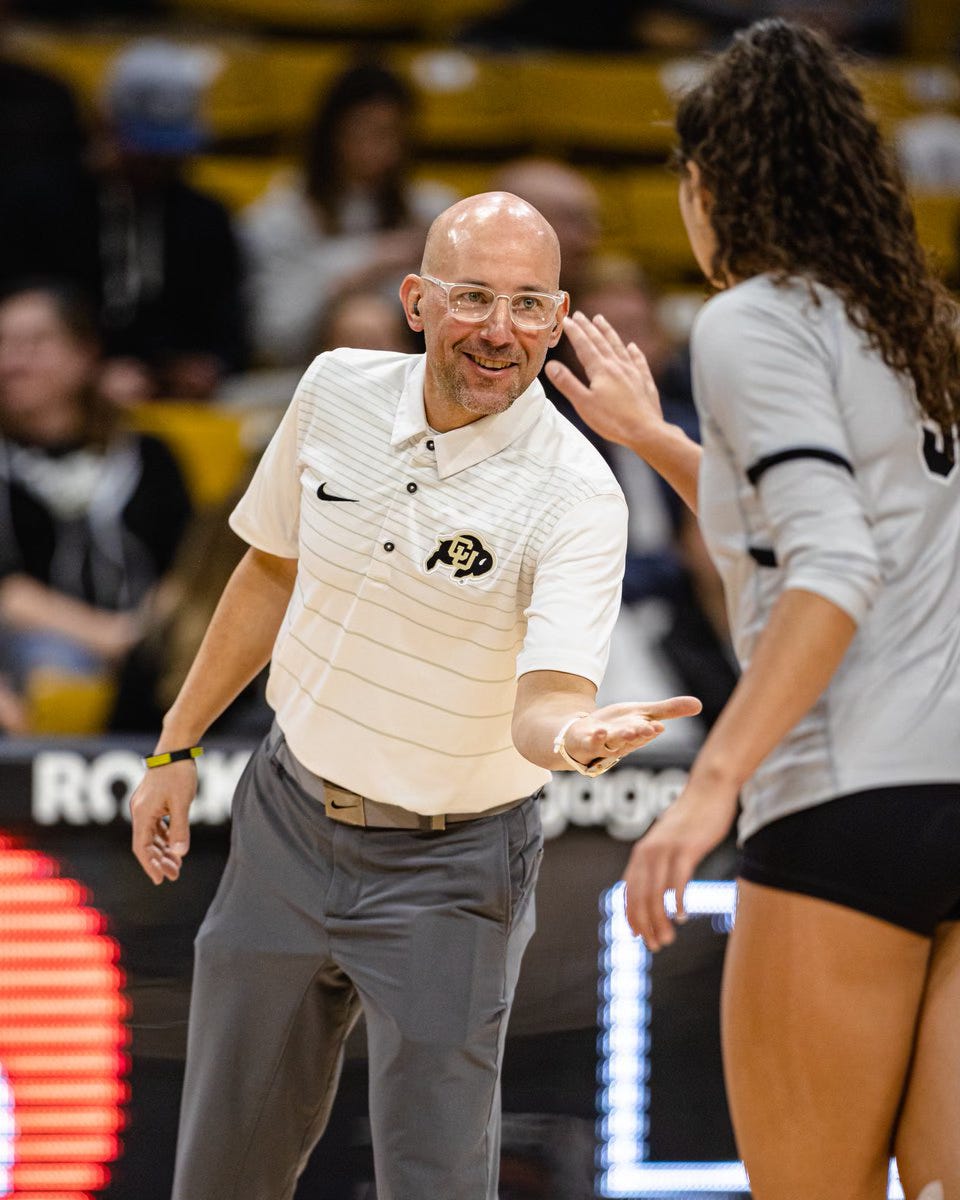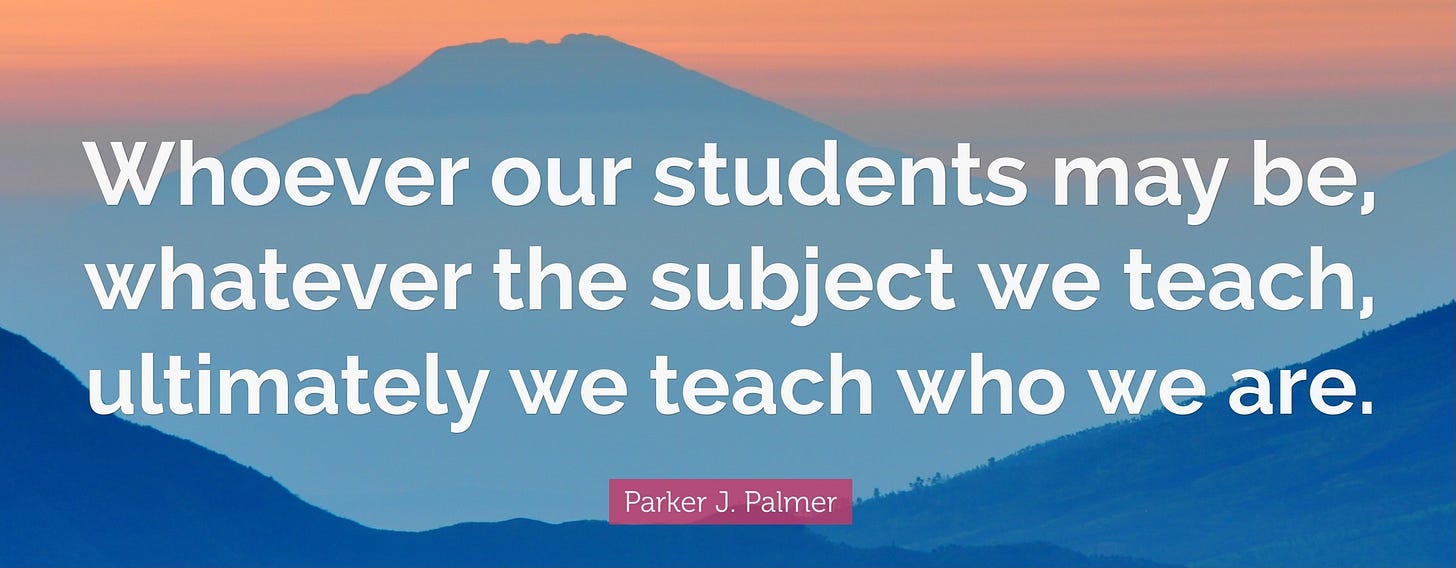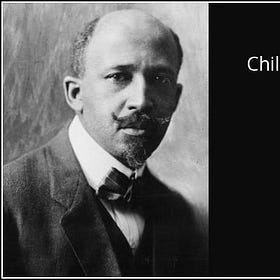Developing a Coaching Philosophy (part 4)
Coach who you are
In the prologue for this series I wrote about the value of a coaching philosophy, in part one I shared how I began developing my own in earnest, in part two I wrote about one place development can get stuck. In part three I discussed the role of reflection in learning of any kind. I encourage you to read the previous parts to understand the full story behind developing your learning philosophy.
This part of the series focuses on what makes our coaching authentic.
I have been studying coach learning and development since 2018 and I have slowly formulated some ideas about how coaches can grow most effectively. But I have noticed two characteristics that I think underlie nearly all successful coach learning, reflection and authenticity. To dig into the role authenticity plays in development, I’ll refer to my coaching experience through the lens of The Courage to Teach by Parker Palmer, which I read in 20211. I wrote a review of Palmer’s book, which you can read by clicking the link below. (I’ll also make a couple of references to the book at the center of part 3, The Reflective Practitioner2.)
When I wrote about reflection, I brought up different areas of coaching that you could choose to reflect on, things like technical skills or coaching methods. But there’s an unspoken limit on reflection for many coaches, who is reflecting isn’t considered. That omission occurs because it seems so obvious that you are the one reflecting. This part of the series will show that there’s far more to the who than you realize and that who you are affects your coaching in profound ways.
I learned the lesson about how my identity influences my coaching by screwing it up, badly. I had 2-3 frustrating and unfulfilling years in which I was head coach of a couple different girls’ indoor club teams. My feelings about those years have almost nothing to do with the results the teams attained, although the recognition that at least one of those teams underachieved still pains me. Instead, the pain comes less from our tournament finishes and much more from my mismanagement. I didn’t fail those teams because I didn’t know how to coach, I failed them because I didn’t know how to be myself while coaching them. I failed them because I was not authentic.
To be clear, I can never know how those teams would have done if I had been more authentic but I believe that, at worst, all of us would have felt more content with how everything happened and we would have made much more progress than we did. The players in my care would have trusted me more and I would not have squandered the trust that they did give me. So, with a heartfelt apology to those players, I’ll move on to what I’ve learned about authenticity and why it matters in coaching.
In part 3 of this series, I introduced Donald Schön’s concept of frames and I find it helpful to refer to them again here. “When practitioners are unaware of their frames for roles or problems, they do not experience the need to choose among them. They do not attend to the ways in which they construct the reality in which they function; for them, it is simply the given reality” (Schön, 1984:310). This describes my coaching during those rough couple of years. Perhaps I had been lucky that, in all my previous years coaching, I hadn’t been made so aware of the reality I was part of constructing. But at this point, I was part of constructing a difficult and painful reality and I was starting to see that I was clearly part of the problem.
As I said in part 3, I was reflecting on my coaching in some ways during this time but there were vital things I was not reflecting on. At first, my frustrations arose because the team was underachieving. But, looking back, part of the frustration was that my coaching wasn’t indicative of the person I was. There was a massive disconnect between the coach I thought I needed to be and the person that I actually was and I didn’t see that disconnect because it wasn’t an area that I was reflecting on.
While I do not blame the club in which I was coaching for my shortcomings, I also must point out that the culture of the club influenced who I thought I needed to be. Schön expresses the idea this way: “Insofar as organizational structure and behavioral world condition organizational inquiry, they make up what I will call the ‘learning system’ of the organization. The scope and direction of a manager's reflection-in-action are strongly influenced, and may be severely limited, by the learning system of the organization in which they practice.” (Schön, 1984:242)
The club didn’t ask me to be someone that I shouldn’t or couldn’t be, they had a strong culture and I wanted to be a model of that culture in the way I saw senior coaches in the club being models. Because of my desire to coach like them, when I reflected on my coaching, I compared it to the coaching that those successful senior coaches were doing. If I wasn’t successful, I believed I wasn’t doing a good enough job of emulating them. I limited my thinking about my coaching and myself to what the organization espoused. And to me, what the organization espoused was embodied by those other coaches. I didn’t understand that I could be more true to myself and still be a model coach in the club.
My efforts to emulate those coaches involved me reflecting on what I did technically against what they did technically. What were the moves they made in certain situations? Which drills and games did they use in training? What I chose to reflect and act on was technique because I didn’t understand what else I could change. As Parker Palmer wrote about developing teachers, “Technique is what teachers use until the real teacher arrives…” (Palmer, 2017:5). What, then, is a real teacher? An authentic teacher. To be an authentic teacher, I needed to see who I was so that I could model my coaching on my best self instead of modeling my coaching on other people.
Instead, I was only reflectign on my technique but as Palmer wrote, “…good teaching cannot be reduced to technique; good teaching comes from the identity and integrity of the teacher” (Parker, 2017:10). Instead of asking what the way to coach was, I should have been asking what my way to coach was. For example, it’s not that there were certain words I needed to say but there were ideas that I needed to convey so I should have been asking what those ideas were and what they would sound like when I said them.
It is often argued that coaches need to know how to coach before they try to figure out the who of their coaching. Palmer begs to differ: “Eventually, the how-to question is worth asking. But understanding my identity is the first and crucial step in finding new ways to teach: nothing I do differently as a teacher will make any difference to anyone if it is not rooted in my nature” (Palmer, 2017:71). I am inclined to agree, I don’t think there’s any reason why coaches shouldn’t do both. Coach education is great at addressing the how of coaching but what about the who? How can you reflect on who you want to be as a coach?
Schön gives a great place to start: “…it can be liberating for a practitioner to ask themselves, ‘What, in my work, really gives me satisfaction?’ and then, ‘How can I produce more experiences of that kind?’” (Schön, 1984:299). The most useful answers to these questions are those that don’t rely on techniques, but on outcomes. When I’m coaching in practice, I really like running defensive drills but Schön didn’t mean that I should write practice plans with all defensive drills. He wants me to reflect on which outcomes bring feelings of satisfaction. For me, one source of satisfaction is seeing players engaged in trying challenging things. That satisfaction comes, at least in part, because I have created an environment in which they feel safe and supported in going for it and potentially making mistakes in their pursuit of improvement.
Schön would then ask me how can I produce more of those experiences and the answer, again, isn’t about technique, it isn’t about which drills I would put into a practice. He’s asking me which conditions must exist to create that satisfaction. I have to be the kind of coach that creates that sense of safety and support I value. I create that sense with how I give feedback in the moment but also with how I collaborate with players to determine what is challenging. The exact moves may vary but the intentions should always come across. That’s what Palmer means when he talks about the identity and integrity of the teacher, he wants me to know what matters to me instead of accepting what others tell me matters.
As you pay more attention to what matters to you, you can decide more clearly which moves you can make to create Schön’s sense of satisfaction. Or, as Palmer puts it, “as we learn more about who we are, we can learn techniques that reveal rather than conceal the personhood from which good teaching comes” (Palmer, 2017:24). This is the order in which we should tackle learning to coach. Instead of focusing on techniques first, I should have explored what I wanted to feel like when I coached, then I could have chosen techniques that the senior coaches at the club used that aligned with my sense of what I needed. Instead, I thought that simply emulating those coaches would bring me satisfaction. It didn’t and pursuing that path only concealed my personhood more and more deeply. What can you ask yourself to tap into where your good coaching comes from?
“What we have going for us is a philosophy, an attitude, a bearing, a way of encountering students based on a set of core values about kids and their learning potential.
What we have is a stance.”
- Robert Fried, from The Passionate Teacher
I think Fried’s idea of a stance can point you towards the coaching you’d like to do. To develop a stance (which is part of your coaching philosophy), ask yourself what you believe about the players in your care. Ask yourself what you believe about competition, about the game you coach, and about learning. Ask what you believe about yourself. As an example, I’ve written a little about what I believe about success and competition. In fact, writing on Substack is one way I have of continually asking myself what I believe. Recognize that it has taken a lot of reflection and experimentation to develop these ideas and that’s why I believe that you should start asking those questions now and keep asking them for as long as you want to grow.
Is there a happy ending for my coaching after those hard years? Yes and no. I had an opportunity to coach another team in the club shortly after that time. None of the senior coaches cared about that team, it was composed of eighth graders who weren’t particularly experienced or skilled, which meant that the senior coaches also didn’t care how I coached the team. But I cared. I had the chance to coach in ways that were personally satisfying in the ways I described above. I had the chance to care about the players and their growth instead of getting hung up on what they were supposed to be or who I was supposed to be. I coached the most authentically I had ever coached. And we were terrible. The team didn’t win a single match at our season-ending multi-day tournament. And we were happy. But we weren’t happy because we were ignorant. We came into the gym each day at that tournament with a renewed energy to keep trying. They believed that they could still get better, they believed that they could still give great effort, and they believed they could because I believed they could and I showed them that every day.
That became, and remains, central to my stance. To inspire, to believe. How will you be authentic? What stance will you take? How will you coach from that place?
Developing a Coaching Philosophy (postscript)
In the prologue for this series I wrote about the value of a coaching philosophy, in part one I shared how I began developing my own in earnest, in part two I wrote about one place development can get stuck. In part three I discussed the role of reflection in learning of any kind. In part four I focused on what makes coaching authentic. I encourage you …
Palmer, P. J. (2017). The Courage to Teach: Exploring the Inner Landscape of a Teacher’s Life. John Wiley & Sons.
Schön, D. A. (1984). The Reflective Practitioner: How Professionals Think In Action. Basic Books.


